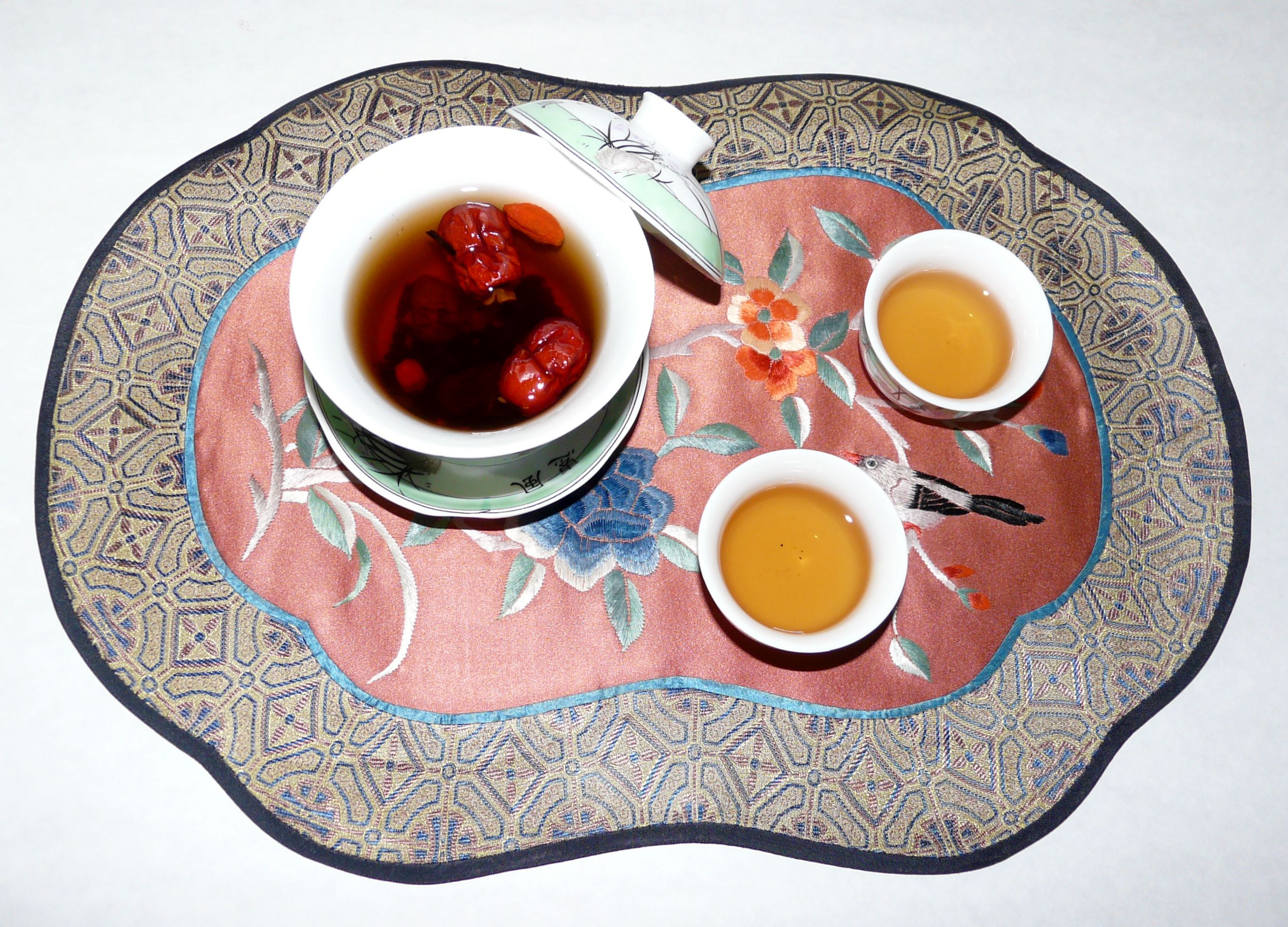Sanpaotai
Posted by Selina Law on Feb 4th 2016
Sanpaotai, also known as gaiwan (covered bowl), is believed to have been originated from the Tang dynasty (618-906) in China and became popular in the northwestern part of the country between 14th and 17th century. The term “sanpaotai,” which literally translates as three forts, refers to the three elements of the tea set: the tea bowl, the lid, and the saucer (also called the tea boat). Today, sanpaotais or gaiwans are still commonly used among tea drinkers.
When sanpaotai was introduced to Northwest China, the Hui people of the area incorporated it into their tea-drinking practice and developed the unique sanpaotai teas as we know them now.
There are many types of sanpaotai tea. In general, they are sweetened teas that combine tea leaves with different flowers, herbs and dried fruits in a number of variations. Sanpaotai teas are meant to enhance our health and to delight our palates. The “right” variation depends on the weather and/or a person’s physical wellbeing. For example, in warm weathers usually green tea is used, while in cold weathers pu-erh tea may be more appropriate. Though it is commonly believed that chrysanthemum benefits our eyesight, if your body is of the “cold nature” you should take it with moderation.
Sanpaotai tea has been such a staple in the Hui and the northwestern Chinese culture that no good host will not serve his/her guests some sanpaotai tea during their visit.


